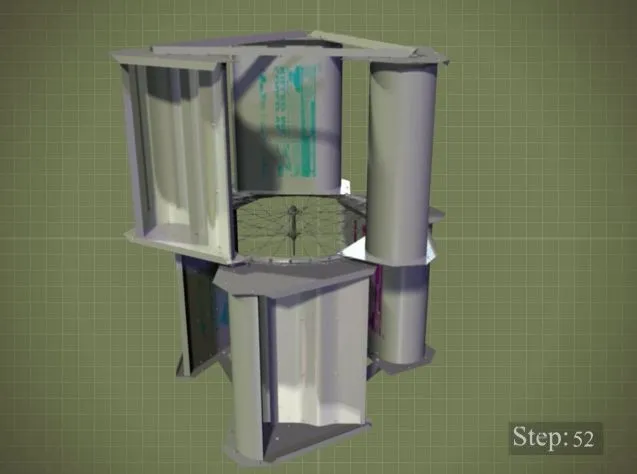- cross-posted to:
- [email protected]
- cross-posted to:
- [email protected]
I feel like there are a lot of resources on making diy wind turbines, but way less resources on how to use the energy generated. The most common thing people do is hook it up to an alternator, but then you either need to direct drive 12V appliances that can handle dirty power, or you need further electronics, batteries, etc to store power and possibly convert to AC. A lot of that is not necessarily diy friendly. I’d like to see more people experimenting with direct use of mechanical energy. I wish I had the space to experiment with this kind of stuff
From the alternator downstream, the next bit is either a voltage multiplier or a charge controller containing one.
A simple multiplier can be DIY-ed - the Cockroft-Walton scheme is a repetitive pattern of diodes and capacitors which doesn’t even require a PCB to manufacture. You input low-voltage AC and get out higher-voltage DC (if necessary, dangerously high voltages can be also produced).
As for charge controllers that actually regulate the charging voltage: that requires PWM or MPPT, and isn’t DIY friendly. Controllers that simply terminate the charge and dump the energy into a heater somewhere in a water tank, can be DIY-ed with a ready-made microcontroller (Arduino) or microcomputer (Raspberry Pi) board, if it has or the user adds an analog-digital converter.
However, since price competition on the electronics market seems to be working, the price of buying things is generally less than the hassle of making them. So, unless some fancy behaviour is needed that the store-bought alternatives don’t offer, most people buy and few hack their own. :)
P.S.
Speaking of turbines, I built an experimental version with big stainless food bowls, aluminum profile for making furniture and a pushbike motor. The mast is not raised yet, so it’s early for me to cheer. :)



